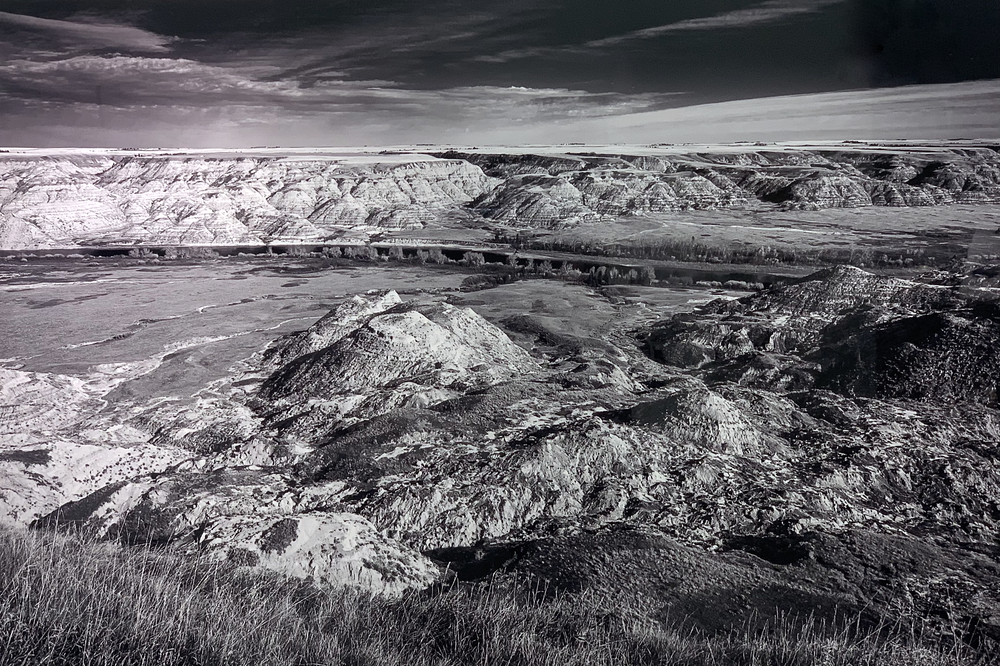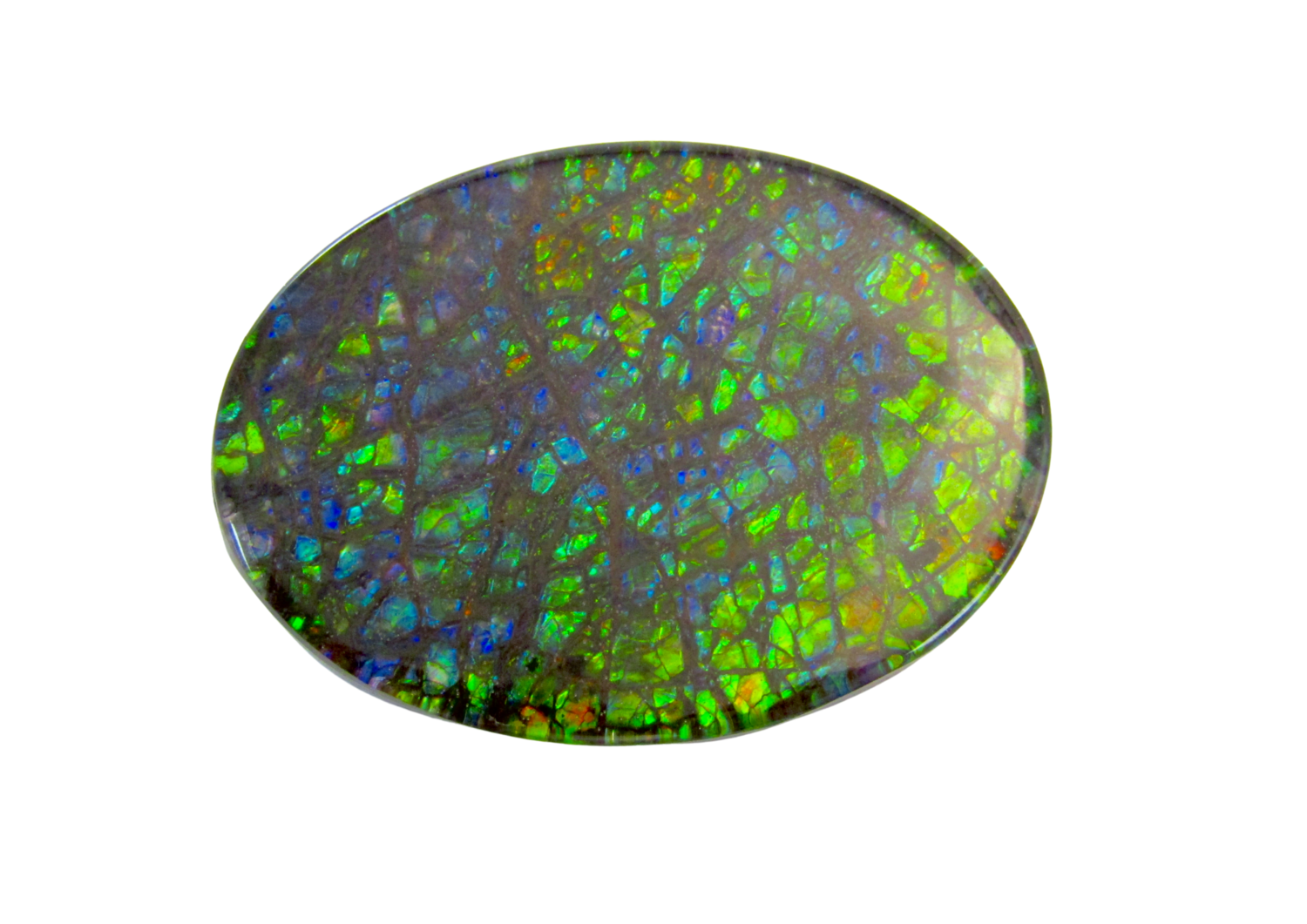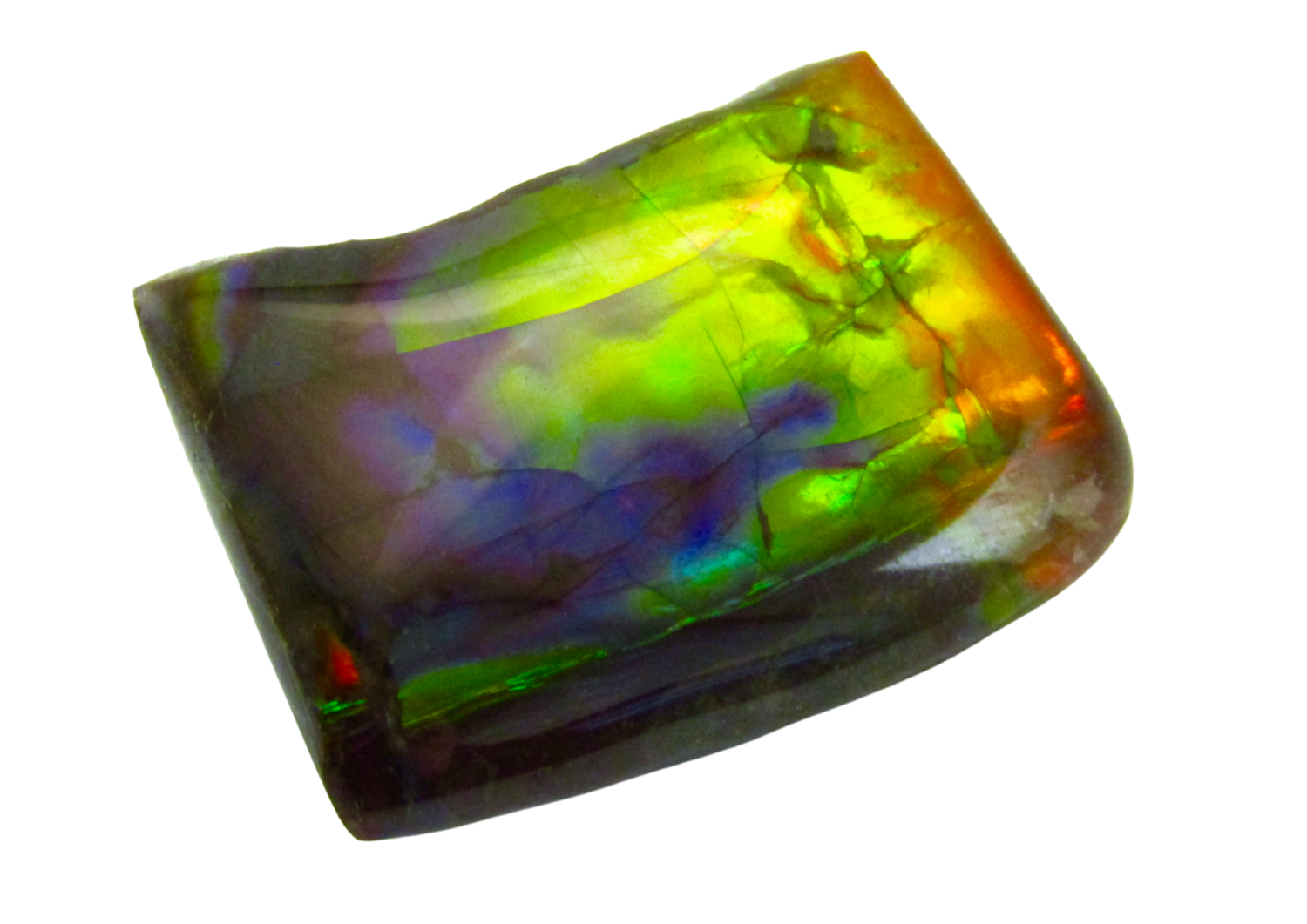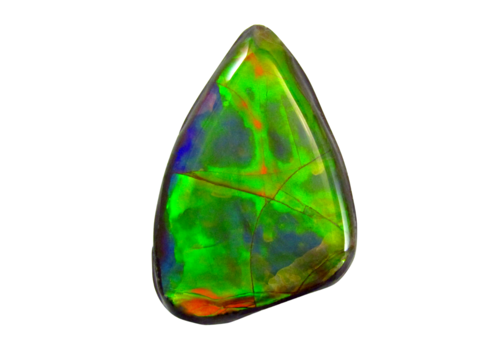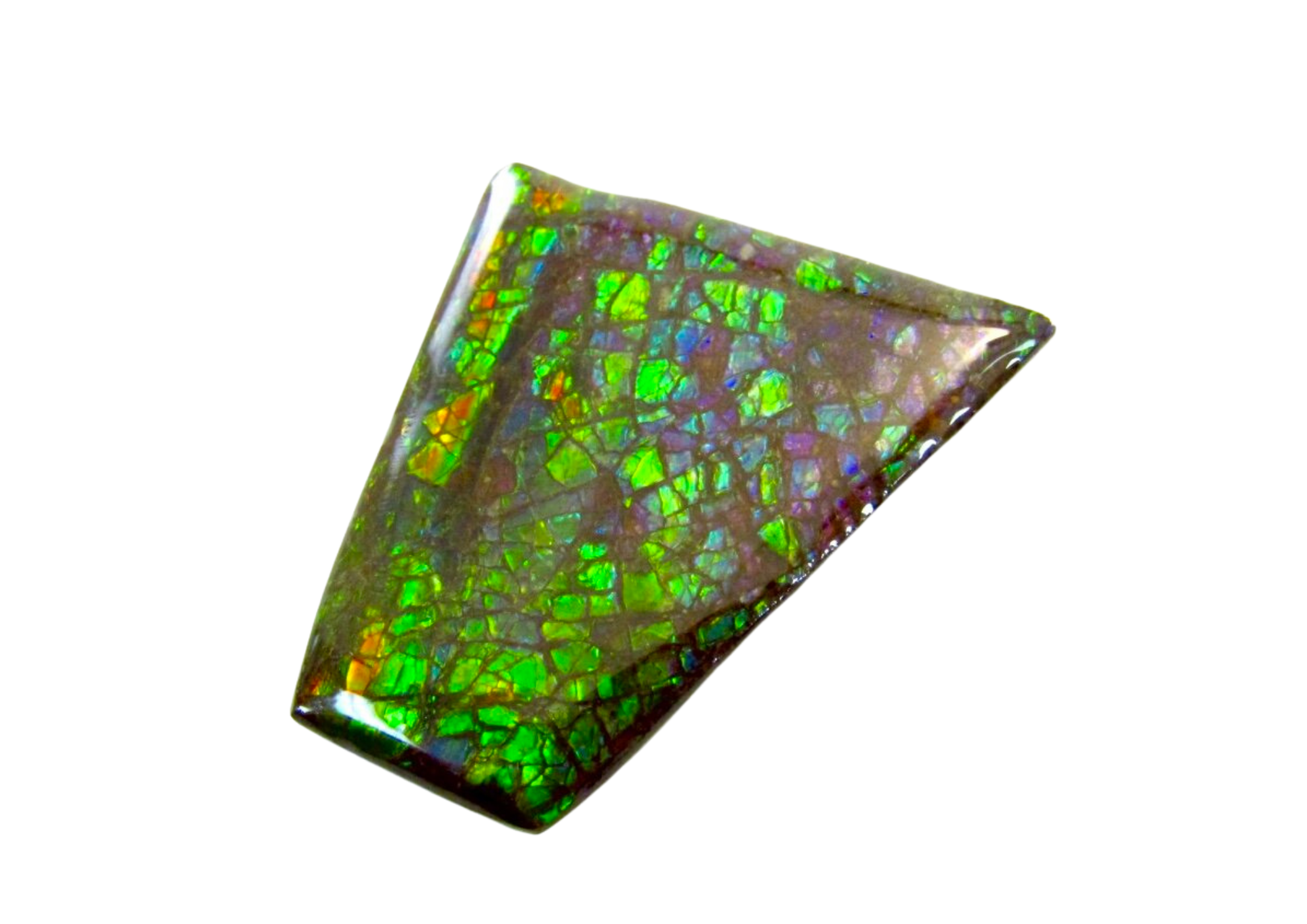Why is Ammolite So Rare?
An official gemstone since 1981, ammolite comes from the fossilized shell of ancient marine mollusks, called ammonites, that lived in the Bearpaw Sea approximately 70 to 75 million years ago. A unique fossilization history has resulted in the rainbow of colours that adorn this beautiful gemstone. However, one of the most common questions we are asked is, “how rare is ammolite?”
Ammolite is actually one of the rarest gemstones in the world. This is because it is unique to a geological deposit known as the Bearpaw Formation. Just one area is known to yield gem-quality ammolite in commercial quantities, around the St. Mary River in Southern Alberta. Ammolite has been discovered in other areas but it is rarely of high-quality. The limited areal extent of this deposit is the primary reason why ammolite is so rare. Estimates suggest that there is limited years of mining left. It is now becoming noticeably more challenging to find high-quality ammolite. When we mine for ammolite, all the excavated material is screened for its potential gem contents. The pits are also examined by hand due to its valuable nature.
Are some types of ammolite rarer than others?
Yes, some types of ammolite are rarer than others. Like other gemstones, the grade is one of the most important factors when assessing the rarity and subsequent value of ammolite. Whilst the ammolite industry does not have a universal grading method, Ammolite Canada grades gemstones based on the system used by the Coloured Stones Commission of the World Jewellery Confederation (CIBJO). This system grades based on factors such as colour, iridescence, chromatic shift and the rotational range of colour. The highest grade of ammolite by this system is AA, followed by A+, A and A-.
Simply put, an AA grade gemstone needs to show at least three colours: one from the blue, green and red family and these colours must be bright from all angles. Lower grade gemstones tend to show fewer colours or do not show colour from some angles.
Did you know? Some other companies describe the highest quality of ammolite as ‘AAA grade’ but this is not a grade according to the Coloured Stones Commission of the World Jewellery Confederation (CIBJO) standards, just a marketing tool. Therefore, it is not used by the Ammolite Canada to describe top-quality ammolite.
However, there are other factors that are important when considering the rarity of ammolite. Colours within the blue family are much rarer than red and green. As a result, gemstones that show a higher concentration of shades such as blue and purple are more valuable. Gems with unique paleontological features, such as suture patterns, are also rare and come with a higher price tag.
Ammolite and Inclusions
Ammolite regularly shows natural inclusions, often in the form of healed fractures. Inclusions are normally an undesirable feature within a gemstone but in ammolite they can create very beautiful patterns. One pattern we see frequently in our ammolite is what is known as ‘dragonskin’. This material tends to come from a layer in the mine called the ‘K Zone’. This is the shallowest layer of mining and lies approximately 15 metres below the surface. This zone only has a small amount of AA grade ammolite and is usually fractured through deposition, creating the dragonskin pattern.
The highest grade and therefore rarest ammolite tends to be found deeper in the mine, in a layer called the ‘Blue Zone’. We call this ammolite ‘sheet material’ as it contains few or no fractures. This zone holds the majority of AA grade ammolite and is where we collect most of our gemstones. However, despite dragonskin material being relatively common, it is one of the most popular types of ammolite we sell. As a result, personal preference also plays a large role in the desirability of a gemstone.
With supply rapidly diminishing, the price of high-quality ammolite has risen dramatically in recent years. Many people are now purchasing ammolite as an investment. Whilst all ammolite pieces are good for investment, some with unusual qualities have the potential for a particularly significant rise in value.
We hope this blog has given you an insight into how rare this beautiful gemstone is and some tips on what to look for when purchasing your next ammolite piece!

